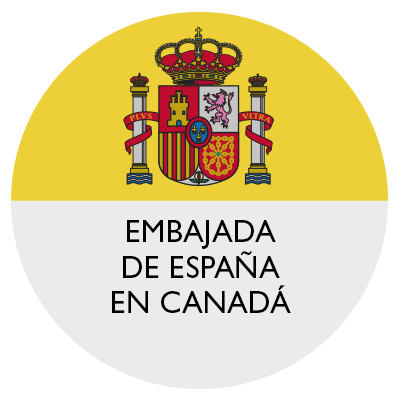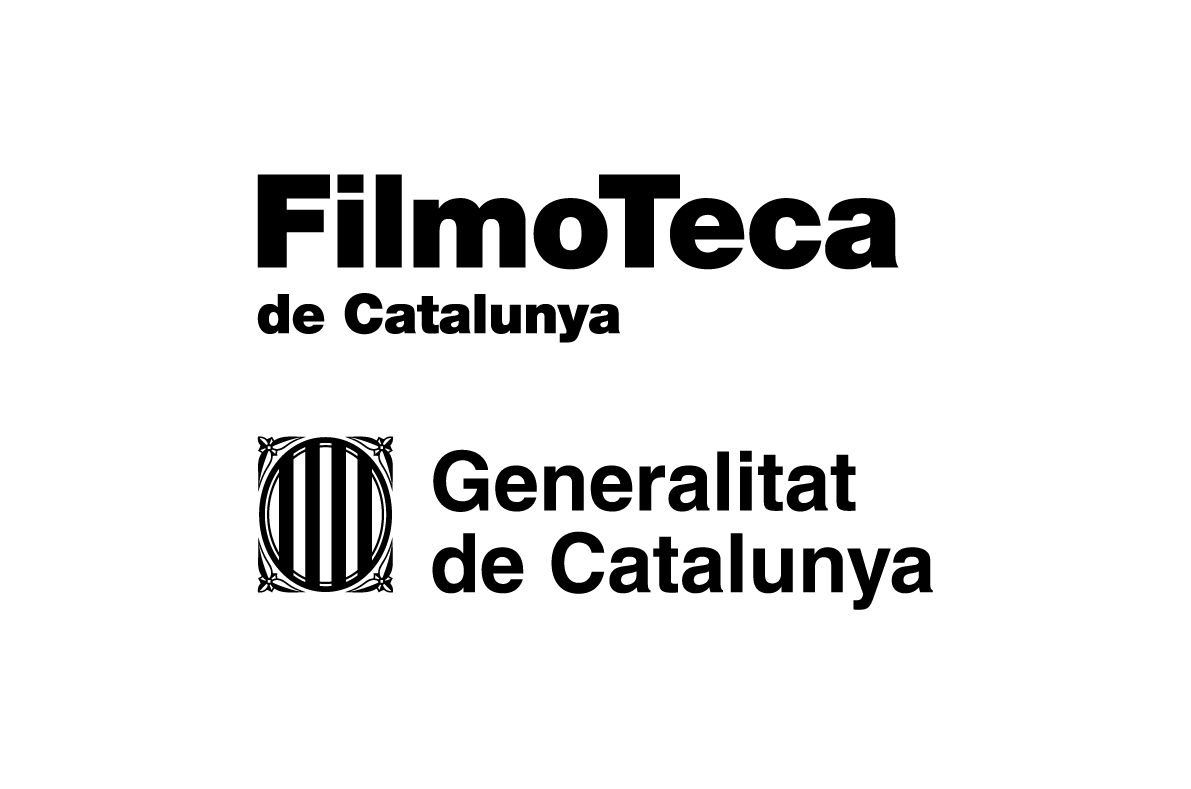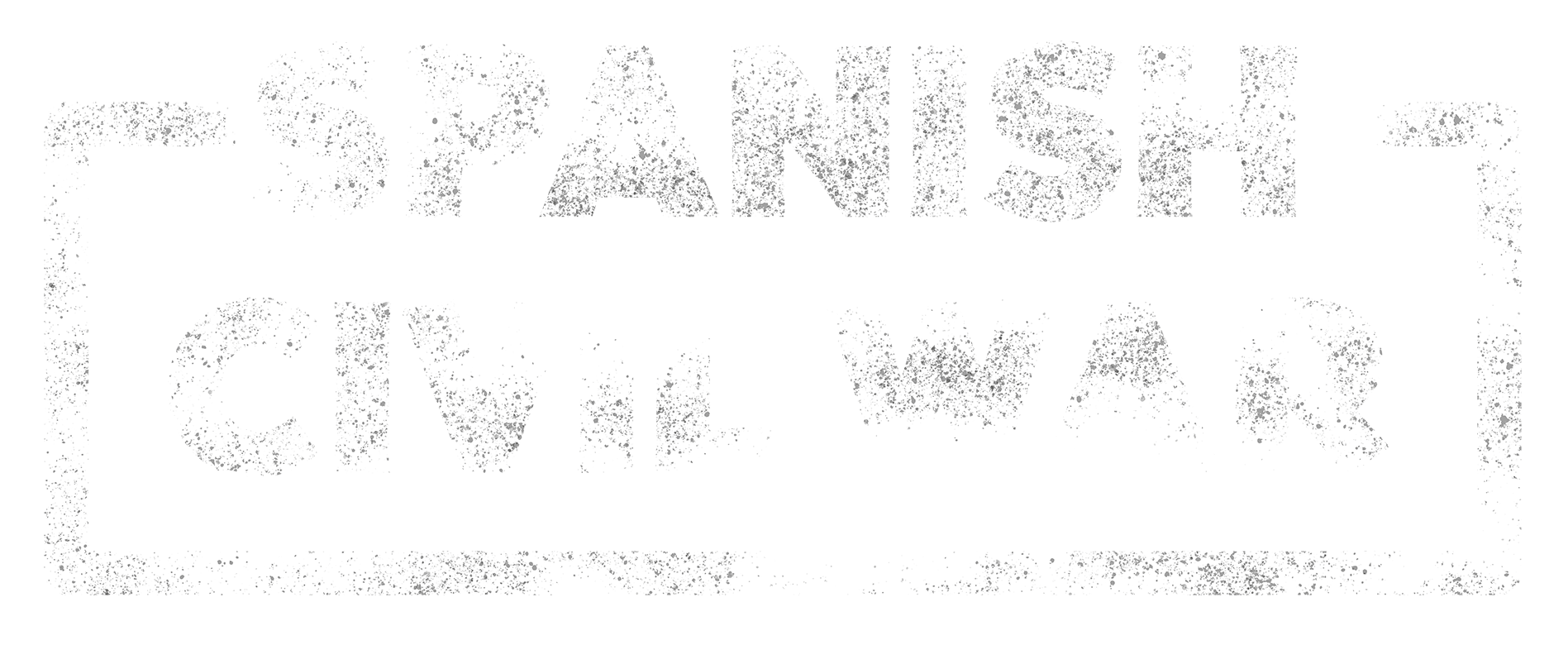The Merida Pocket
1938 was a catastrophic year for the Republican army. As a result, the rebel troops split loyalist territory in two, and, had Franco conducted the war better, they would likely have been able to conquer Catalonia before the summer ended. The Caudillo's mistake of attempting to advance toward Valencia prolonged the conflict by several more months. However, while the Mediterranean front was the focus of the fighting, the fronts in central Spain remained quiet. This was particularly true of Extremadura, where the front had remained unchanged since 1936 even though both armies there were in a position to undertake a major operation.
The Popular Army had kept control of a salient in the area of Campanario, Castuera, Don Benito, and Villanueva de la Serena , a salient known as the Mérida Pocket had been maintained under Republican army control, bringing the front line to just 30 kilometers from the city of Mérida and 80 kilometers from the Portuguese border. General Vicente Rojo conceived an operation which, if successful, would have resulted in the severing of the Francoist rear and isolating Castile and Andalusia from one another. However, it was never carried out, which allowed the Francoists—who by 1938 enjoyed clear superiority over the Republicans—to devise a plan of their own: a pincer movement with simultaneous advances from the south and north that would trap and destroy the defenders.
The operation lasted less than six days, from 20 to 25 July. The attackers, around 65,000 strong, clearly outnumbered and outgunned the defenders, who numbered approximately 45,000. However, this would not have been a decisive advantage if the Republicans had been well-trained, well-led, highly motivated, and their defenses solid. That was not the case. Despite isolated episodes of strong resistance, the armies of General Andrés Saliquet, advancing from the north, and Gonzalo Queipo de Llano, coming from the south, managed to encircle several Republican units, which suffered around 6,000 casualties while their own losses were minimal. The operation, which was celebrated by the Francoist press as can be seen in this Tangier newspaper, concluded on the same day the Battle of the Ebro began.
Republican authorities blamed Colonel Ricardo Burillo for the disaster, and he was removed from command positions. His fate would be tragic. In March 1939, he joined Colonel Segismundo Casado's revolt but was captured in Alicante a few weeks later when, like tens of thousands of other Republicans, he tried to board a ship to escape. His former military comrades were ruthless and executed him by firing squad in July 1939. Among other things, he was accused of being responsible for the murder of José Calvo Sotelo in July 1936. While Burillo was commander of the Pontejos barracks from which the assassins of the Galician politician departed, it has never been proven that he had any involvement in the incident. More than an act of justice, Burillo's execution was an act of revenge.







